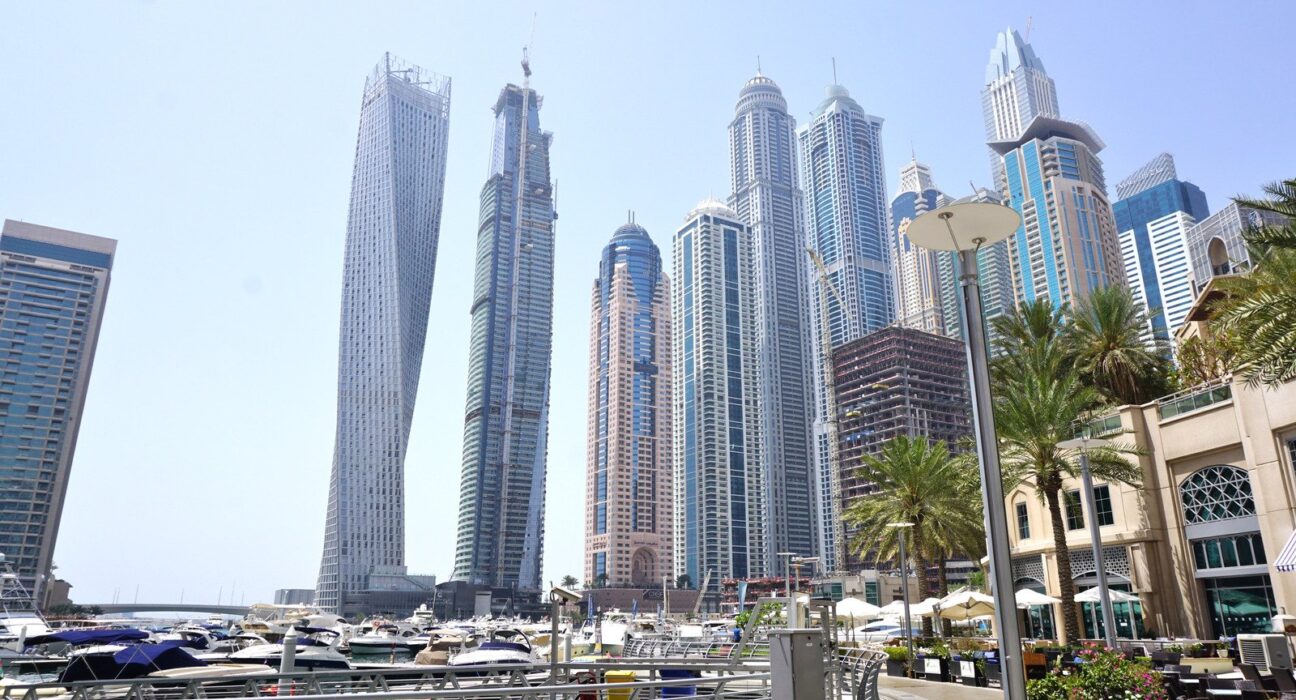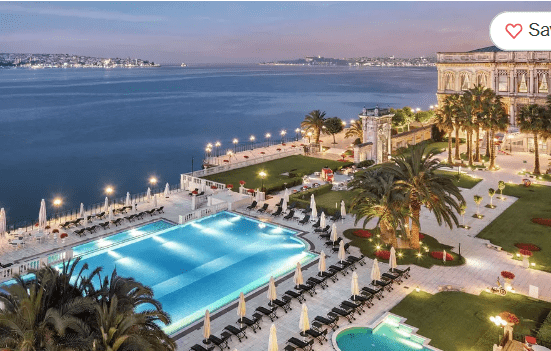Dubai is a city that has been developed into one of the fastest-growing ways to travel. Dubai may not be on your bucket list, but its development of tourism speaks volumes about their success. In this blog article, you will learn how Dubai created tourism and why it is one of the world’s largest in the world.
What is tourism travel?
Tourism is travel for pleasure. It includes all types of travel, from traditional tourist activities like visiting a historical landmark or sampling the local cuisine to more adventurous pursuits like scuba diving or white-water rafting. It is also used to describe short-term visits to a destination by people who are not residents. The history of tourism can be traced back to ancient Greece and Rome where travelers would journey to see the wonders of the world. During the Middle Ages, pilgrims would visit holy sites in Europe. Over time, tourism grew in popularity as more people became able to afford to travel. In 1869, Queen Victoria opened what is now known as the Victoria and Albert Museum in London, England. This marked the beginning of modern tourism where visitors would come from all over the world to visit popular destinations. Today, tourism is one of the world’s largest industries with an estimated $2 trillion impact on global GDP. The growth of tourism has helped create numerous jobs and contributed significantly to economic development around the world. As tourism continues to grow, so too does the need for innovative and sustainable tourism strategies that will ensure continued growth while protecting ecosystems and minimizing negative impacts on communities.
The History of Dubai
Dubai, a city located on the Persian Gulf coast in the United Arab Emirates, has long been known as a business and tourism hub. It began as a small fishing village in the early 1900s, and developed into an important port and trading center. In 1971, Dubai was designated as the new capital of the UAE. Today, it is one of the most dynamic and rapidly developing cities in the world, with a population of over 2 million people. To support its burgeoning tourist industry, Dubai developed a proactive marketing strategy that emphasized its unique features and attractions. In addition to its natural environment – which includes beaches, deserts, mountains, and lakes – Dubai has a rich cultural heritage that is reflected in its architecture and traditions. The city is also home to world-class shopping, dining, and entertainment venues. The story of how Dubai developed tourism is an interesting one that reveals much about the dynamics of global commerce and development over the past few decades. Beginning with modest beginnings as a fishing village, Dubai has emerged as one of the world’s leading travel destinations thanks to its impressive array of attractions – both natural and man-made – and its commitment to proactive marketing efforts.
How Dubai Developed Tourism
Dubai has always been a city on the move. From its beginnings as a small trading post in the middle of the Arabian desert, it has grown into one of the world’s most dynamic and prosperous cities. With a population of over two million people, Dubai is home to luxury hotels, skyscrapers, and entertainment venues that rival any in the world. Much of this success can be attributed to Dubai’s tourism industry, which is now ranked as one of the world’s top ten earners. How did Dubai develop its tourism industry? In short, it was built on a strong foundation of political stability and economic development. Beginning with Sheikh Mohammed bin Rashid Al Maktoum, ruler of Dubai from 1971 to 2006, the emirate has invested heavily in infrastructure and development projects that have made it one of the world’s leading travel destinations. These projects have included construction of world-class airports, seaports, and roads; development of tourism-friendly infrastructure such as shopping malls and golf courses; and aggressive marketing efforts that have created an international reputation for Dubai as a playground for millionaires. Today, Dubai is known for its luxury hotels (including The Burj al-Arab), resorts (
How Dubai Tourism is Leading the World’s Travel Boom
Dubai’s meteoric rise to become the world’s most popular tourism destination began in the early 1980s, when Sheikh Mohammed bin Rashid Al Maktoum, the ruler of Dubai, decided to develop his small desert oasis into a global city. In order to make the move from a sleepy desert town to an internationally renowned metropolis, Sheikh Mohammed turned to one of the most successful marketing strategies of all time: he built attractions that were unique and exciting enough to keep visitors coming back. Dubai wasn’t always successful in attracting tourists. In fact, it was only after developing its own attractions that Dubai began to see success. For example, in 1996, Dubai hosted the World Expo and made a name for itself as a hub for international trade and commerce. This event helped promote tourism in Dubai and attract more people from all around the world. The Expo also showcased some of Dubai’s most famous attractions, such as the Burj Khalifa tower and The Palm Jumeirah resort. Since then, Dubai has continued to attract visitors with new attractions and innovative marketing campaigns. In 2010, Dubai launched a massive promotional campaign called “The World is Your Stage”,
Conclusion
The story of how Dubai developed tourism is a fascinating one that has led to the world’s largest travel destination. From humble beginnings as a small fishing village, Dubai has gone on to become one of the most popular tourist destinations in the world. The city’s unique mix of luxury and affordability, coupled with its stunning natural landscape, has made it a favorite destination for visitors from all over the globe. If you are interested in learning more about how this remarkable city came to be, I encourage you to read on!







